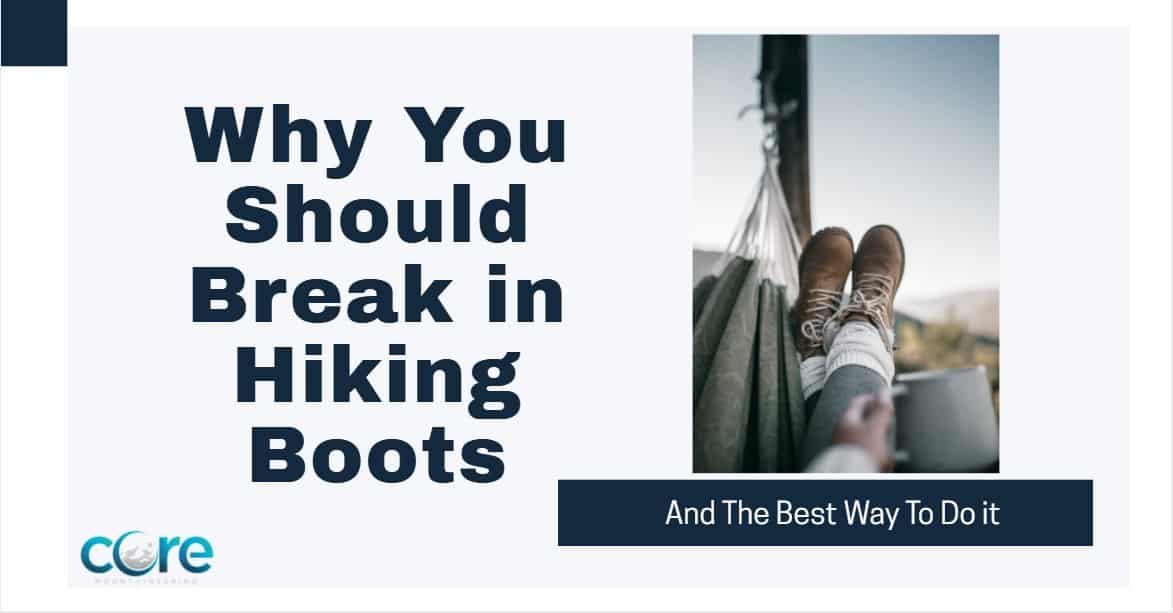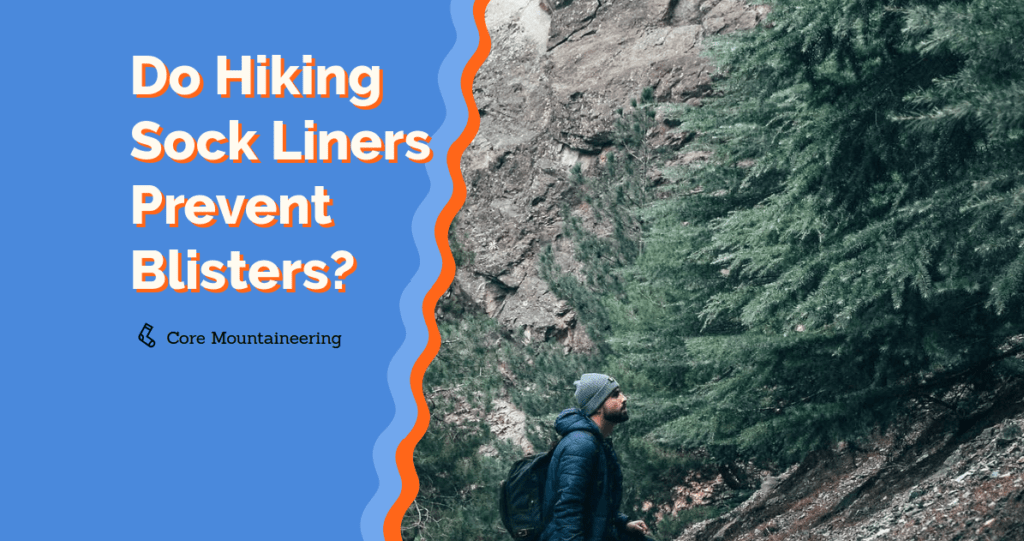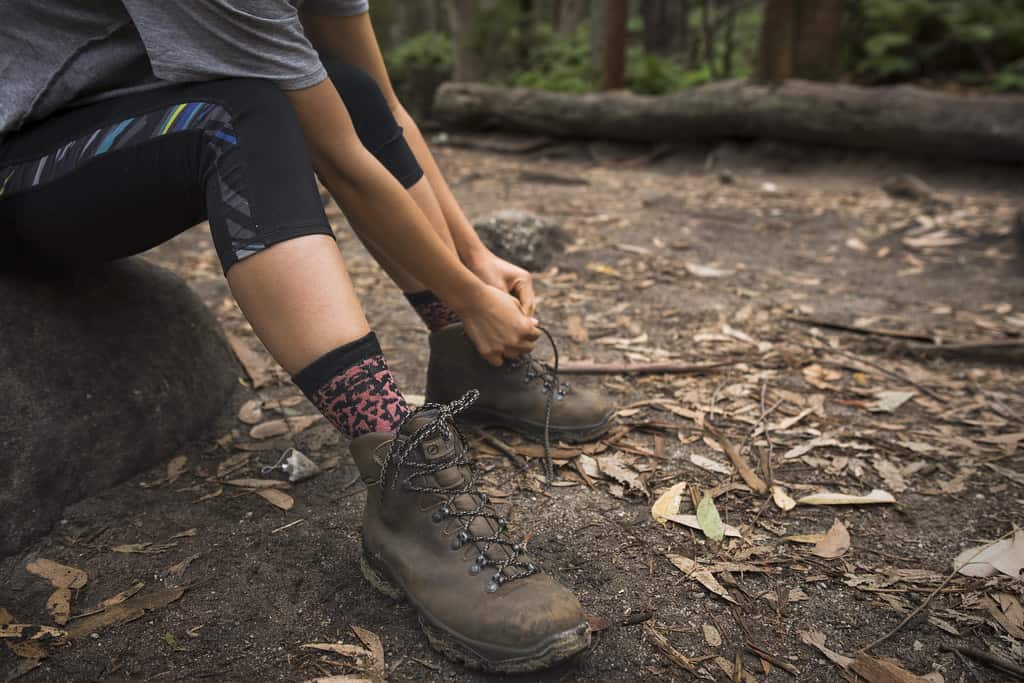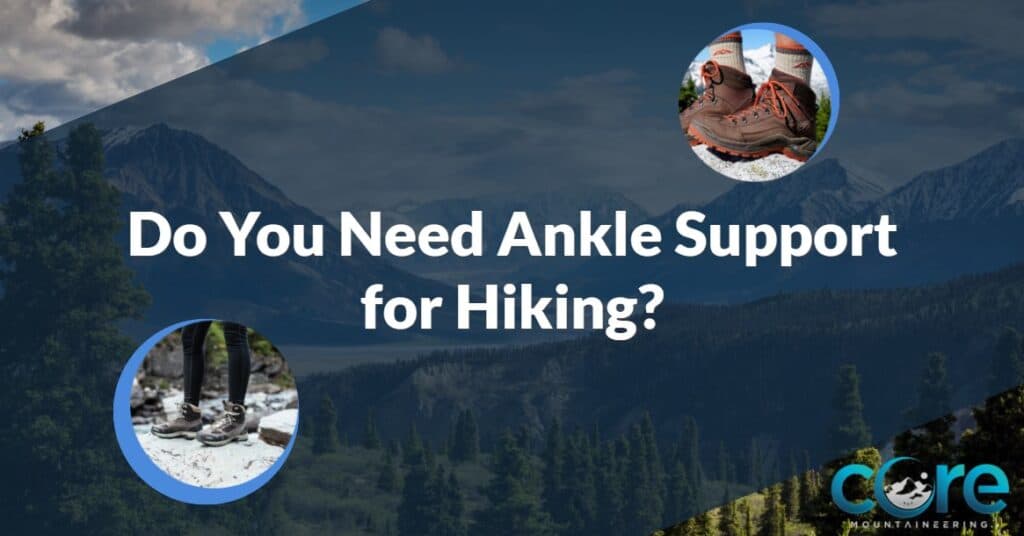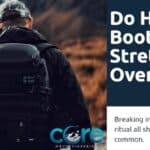When you get a new pair of hiking boots, excitement is likely to set in as you eagerly lace up those boots to give them a try. They say patience is a virtue, so before you set out on the backpacking trail with your new boots, it is important to take the time to break them in.
Here is why you should break in hiking boots and how to break them in time for your next hike.
Do You Need To Break in Hiking Boots
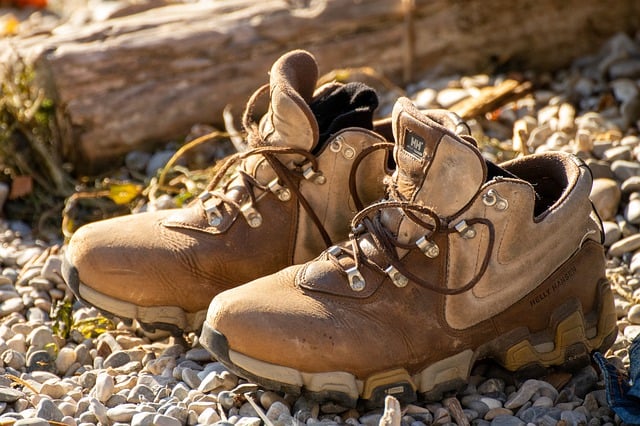
Yes, breaking in hiking boots before setting out on a long, strenuous hike is highly important because hiking boots that are not broken in can make or break your hike. Sure, they might have felt comfortable at the store, but new shoes are stiff.
Right out of the box, new shoes will rub at the heels, be tight in the toes, or pinch your foot with every step.
The stiffness of new hiking boots can set you up to develop pesky blisters and can turn what would be a great adventure into a miserable one. Just like it takes time to get to know someone new, it takes time for your feet to become acquainted with your new hiking boots.
How Long Does it Take to Break in Hiking Boots
Not all boots are made the same, so the break-in time will vary depending on the hiking boot style you have. With that being said, trail runners or hiking shoes might be comfortable right out of the box, but a leather hiker will need more TLC because leather needs time to stretch and mold to the foot.
Expect the break-in period for your new hiking boots to take approximately 1 to 4 weeks, depending on the boot’s material and construction.
The quality will always make or break. Low-quality boots will fold and quickly lose shape, almost like overly broken-in. You want to lose that stiff and starchy feeling, but not at the expense of firm support. Spending just a little more for quality always pays forward.
How active are you? I doubt you want to neglect longer hikes while your new boots are breaking in. It’s okay, use your old boots for now. Just make sure you’re making time to walk in the new ones, whether that be a shorter trail or just chores around the house.
How to Break in Hiking Boots
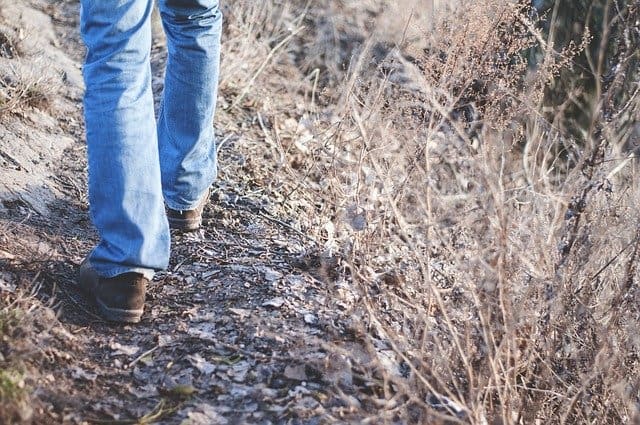
Now that you know why you should break in hiking boots, you might be wondering about how to break them in. The short answer is gradual. As noted above, you don’t want the first time you are wearing your hiking boots to be on the long, strenuous hike you bought them for.
Step 1: Wear Them Around the House or For Yard Work
When you first open that box of new hiking boots to start the break-in process, begin wearing them around the house or for some everyday yard work. Make sure to wear the socks and/or insoles you intend to wear on your hikes.
If you’re looking for the best hiking socks check out our article all about them here, Do Hiking Sock Liners Prevent Blisters? What Hikers Really Use.
This will ensure your boots mold more accurately to your feet. Try walking up and down the stairs in your new hiking boots at this stage as well. Adding elevation changes will help increase the volume of the shoe.
Better yet, try out some house or yard work. Do the dishes your significant other has been begging to do. Wash your laundry. Mow the lawn. If you feel any pinching, rubbing, or mild pain, you may need to reevaluate your new boots’ fit.
Step 2: Take Them Out on the Town
Once you ensure that your shoe is comfortable at home, the next step is to wear them out on the town or around your block. Lace-up those hiking boots to take your dog for a walk or wear them while you are out running errands.
This is a gradual way to up the distance and to determine the comfort of your hiking boots.
Step 3: Go on Hiking Micro-adventures
Moving from pavement to trail is where the true breaking in of new boots takes place. Added weight and increased mileage will change the dynamic of breaking in your boots by increasing the volume within the shoe.
Elevation changes such as hills or downhill jaunts will increase the range of motion within the boots. When going on micro-adventures, aim for 2 to 3 miles hikes at the beginning and gradually increase mileage.
This stage is where you will most likely see blisters develop as your foot will be exposed to more heat, rubbing, and trail debris.
Step 4: Go On Longer Hikes or Go Backpacking
After going on shorter hikes and affirming that your boots are comfortable, you have made it to the final stage. You can now comfortably wear your hiking boots on your longer adventures or take them backpacking.
Heck, they might fit so perfectly to your foot you might not want to take them off.
How Tight Should Hiking Boots Be
If you’ve broken your hiking boots in the proper way and you still find them uncomfortable, it might be that they are too tight or not tight enough. So, how tight should your hiking boots be?
The fit of a hiking boot is one of the most important factors. It doesn’t matter how well a boot is made if it doesn’t fit well on your feet. They need to hold your foot securely in place and not let your heel raise up as you step.
At the same time, your toes must have wiggle room so they don’t hit the front as you go downhill. Going downhill with a pack on will push your toes forward, and you don’t want them hitting the front of your boot, so wiggle room for your toes is a must.
A good fitting hiking boot will help avoid blisters and keep your feet in good shape, especially as the amount of gear you carry gets heavier and you go on longer hikes.
We go over how much room your feet need in your boots here, How Much Room Should You Have in Hiking Boots? But essentially, Your toes should be able to stretch freely within your footwear, but not necessarily enough room to where your entire foot is shifting. Sure, there is room for them to break-in, but don’t rely on this to make them all of a sudden feel comfortable.
As much as you should break them in, your boots should be fitting upon initially purchasing them.
Specifically, your heel should be locked into the heel of the boot, which helps reduce friction. The less resistance you create, the fewer blisters you will get.
Don’t Take Any Shortcuts When Breaking in Your Hiking Boots
There are many hacks out there to “quicken” the break-in time. These hacks may include using a hairdryer or soaking your shoe in water or oil, and walking around in them.
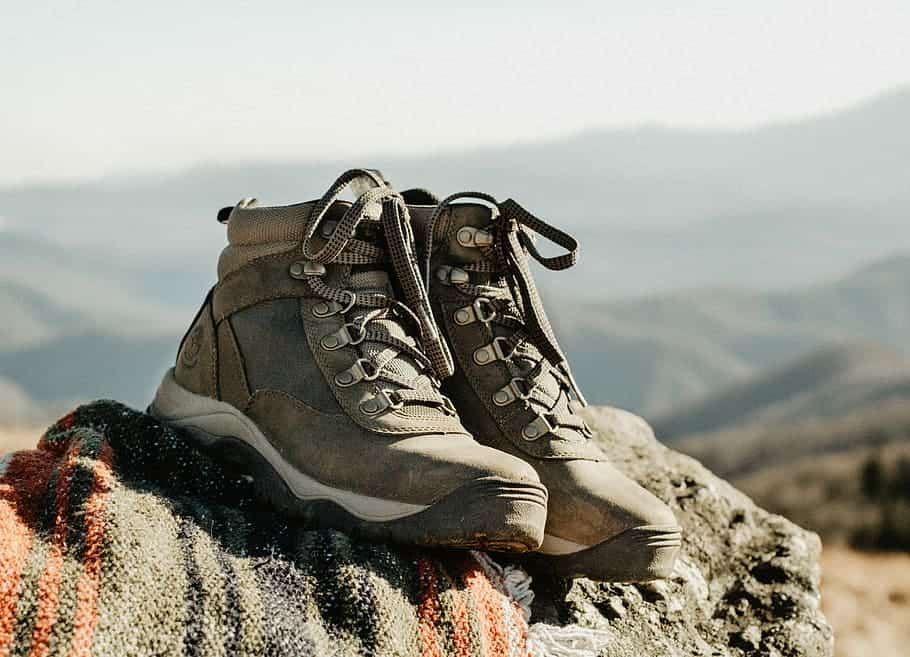
The first option might help your shoe expand, but leather contains natural oils that can be damaged and dried out with heat that can lead to premature deterioration of your boots. The latter option will set you up to develop blisters.
Just like fine wine, breaking in boots takes time.
Do yourself a favor, and practice patience. Soon, you will be out on the trail, and your feet will be thanking you for taking the time to break-in your boots instead of taking a shortcut.
Listen To Your Feet During the break-in process; it is important to listen to your feet. Here are some things to pay attention to when breaking in your boots:
- Hotspots. If you feel a hotspot, pay attention to it. Hotspots are the way your body tells you that a blister is looming. You are not just breaking in your boots. You are breaking in your feet too. These hotspots will turn into calluses and protect your feet from future abrasion. Be careful not to push it too far when you feel these hotspots, as they can eventually turn into blisters and turn your hike into a miserable experience.
- Laces. Pay attention to the way your shoes are tied. The way you lace up your boots can impact the boot’s shape and contribute to hotspots and blisters.
- Socks. Having the right socks can help prevent blisters, and you can further prevent blisters by investing in sock liners. Check out our article, Do Hiking Sock Liners Prevent Blisters? to see our recommended sock
liners.
Are you looking to purchase a pair of hiking boots? Check out our article, Do You Need Ankle Support for Hiking, to find out what you should really look for in hiking footwear.
Do Hiking Boots Stretch Out Over Time?
You’ll notice that they do indeed stretch over time. When boots are new, this process is what we’ve gone over in the breaking-in Period. It’s when your new hiking boots mold and stretch around the shape of your foot.
What if I Don’t Have Time To Break in My Boots
If you’re busy with a normal life and taking care of your family, breaking in new hiking boots might not be your top priority, and that’s understandable. You’re not completely screwed if you didn’t take the time to get your footwear ready for your next hike.
Like I mentioned above, it’s important to listen to your body, watch out for those hotspots, and don’t push too hard the first time wearing your new boots. Take breaks to get your feet plenty of rest during the hike.
Do you have a favorite way of breaking in new backpacking boots? We’d love to hear about it down in the comments!

